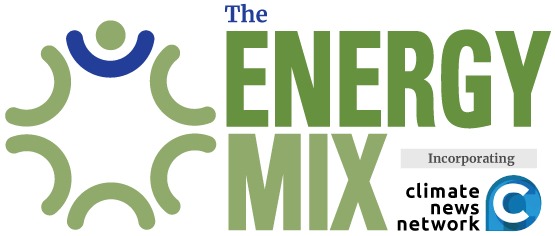Globe and Mail Editorial Demands Real Emission Cuts from Oil and Gas
Canada’s oil and gas industry must begin backing its pledges and pronouncements with real emission reductions, the editorial board of the Globe and Mail declared in a statement published September 30.
For Canada to make “significantly more progress” on emission reductions, “the oil industry must deliver on its promises,” writes the Globe, which general styles itself as Canada’s newspaper of record.
“Instead, it appears to be moving slowly, and awaiting a possible change in government. The federal Liberals are poised to institute a cap on oil and gas industry emissions, but such a policy will likely be scrapped by a Conservative government, if opinion polling holds through to an election in the coming year.”
Drawing on analysis by the Calgary-based Pembina Institute, which has been tracking oil sands spending and emissions trends since 2022, the Globe notes that fossil fuel production in Canada is up 26% since 2015, the year the Trudeau government came to power and countries adopted the Paris climate agreement. Since then, “Canada’s production of oil and natural gas has continually climbed higher to new records,” the editors write. “Oil production this year is set to average more than five million barrels a day for the first time, according to federal data. Natural gas output this year is also higher than it’s ever been.”
By now, the editorial points out, oil and gas accounts for nearly one-third of Canada’s climate pollution, and the sector’s emissions have risen 12% since 2005, while the rest of the country scaled back by 15%. “The industry over several years has doled out tens of billions in profits to investors,” with the two biggest producers, Canadian Natural Resources Ltd. (CNRL) and Suncor Energy, returning C$19.6 billion to investors in dividends and share buybacks since the beginning of 2023.
But in spite of multi-billion-dollar subsidies for carbon capture and storage technology, oil and gas “is not delivering on its pledges to cut its voluminous greenhouse gas emissions,” the Globe writes. And meanwhile, emission reductions of just 8% as of 2023 mean that Canada “is not living up to its treaty obligations” under the Paris accord.
“This has to change,” the editors state. “The oil industry must heed its own declarations about a carbon-free future.”
On the same day as the Globe and Mail editorial, the Winnipeg-based International Institute for Sustainable Development reported that G20 governments spent three times as much on fossil fuels over the last four years as they did on renewable energy, in what IISD said was a first inventory of its kind. Public financial support for renewable power, grids, and energy storage totalled US$168 billion in 2023, compared to $535 billion in fossil fuel subsidies.
“The falling cost of renewable technologies does not mean governments can get complacent,” said Tara Laan, IISD lead on incentivizing renewables. “They need to scale up public financial support to accelerate the clean energy transition and extend the benefits to all.”
Cover photo: kris krüg/flickr





